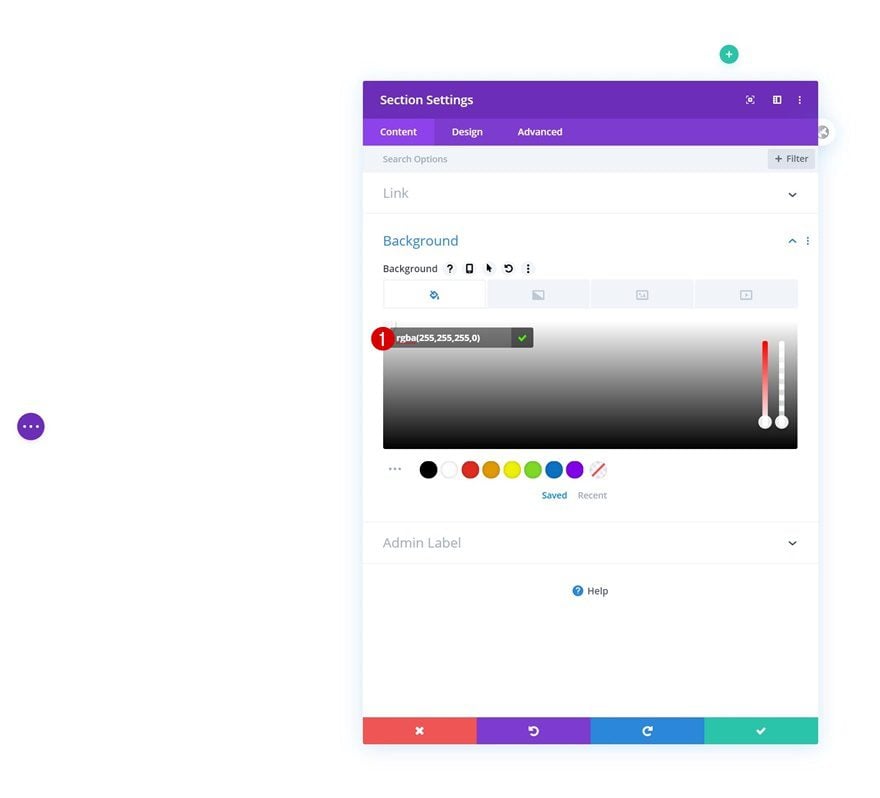


With these responsive grid mechanisms you can: The user can then see how the content will be rendered using the emulator. This allows you to create and edit responsive websites that rearrange the layout according to device/window size by resizing components interactively. Once the layout container is positioned on your page you can use the Layout mode to position content within the responsive grid. It can also be set as the default paragraph system on your page. This component is available in the component browser and provides a grid-paragraph system to allow you to add and position components within a responsive grid. The user can then see how the content will be rendered for specific devices using the emulator.ĪEM realizes responsive layout for your pages using a combination of mechanisms: For example, you can customize the component size or whether the component can be seen on specific devices.for phone, tablet, etc.) to allow you to define the required behavior of content for related devices/orientation. Provides horizontal snap to grid, together with the ability to place components into the grid side-by-side and define when they should collapse/reflow.The component is used in conjunction with the Layout mode, which allows you to create and edit your responsive layout dependent on device. This grid can rearrange the layout according to the device/window size and format. This provides a paragraph system that allows you to position components within a responsive grid.

AEM allows you to have a responsive layout for your pages by using the Layout Container component.


 0 kommentar(er)
0 kommentar(er)
